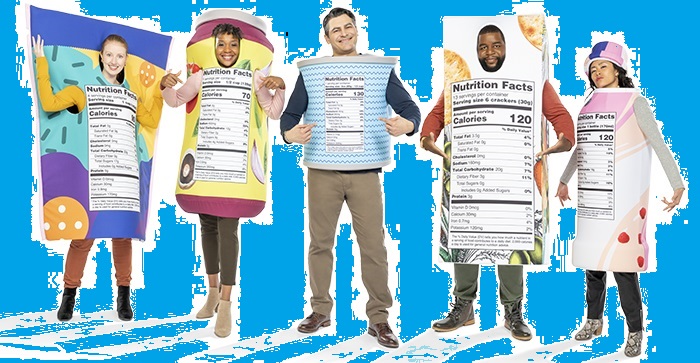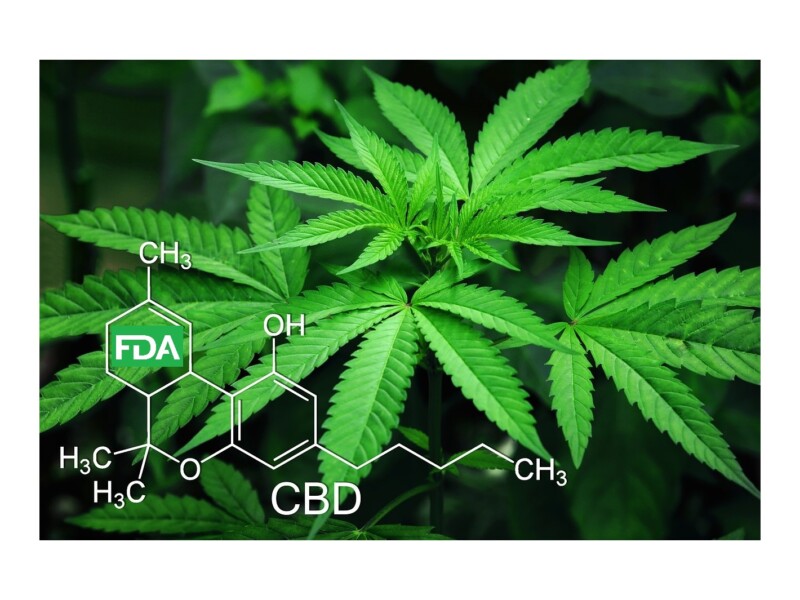
In 2017, the FDA completed the first sweeping update in more than 20 years of the nutrition facts label, changing the design of the label and the list of nutrients to be declared. In the context of the nearly 40% increase over those 20 years in the prevalence of obesity in the American population, it is unsurprising that the consumption of unhealthy fats and refined sugars lead the nutritional panel changes.
The FDA’s initial deadlines for compliance with the new nutrition labels initially fell in 2018, depending on the size of the manufacturer, but they were later extended so that larger food manufacturers had to get new labels on shelves by January 1, 2020 and food manufacturers with annual sales of less than $10 million have until January 1, 2021. Manufacturers of most single-ingredient sugars, like honey and maple syrup, and makers of certain cranberry products have until July 1, 2021 to apply the required changes to their labels.
We have been asked whether, in the light of a global pandemic, this is a hard deadline. The FDA has not yet announced an extension, but we would expect the Agency to provide considerable enforcement flexibility, considering this extraordinary time in which we find ourselves. In 2019, in the absence of the interruptions that manufacturers face today, the FDA announced that they would provide six months’ “enforcement discretion” to larger manufacturers following their deadline. The FDA has not yet announced a similar grace period for the coming “smaller manufacturers” deadline, but considering the pressures the pandemic has placed on all levels of manufacturing, it would be surprising if similar or greater flexibility were not also provided. Our advice: plan to hit the January 1, 2021 deadline if you can, but you will likely be granted flexibility if, due to the COVID-19 restrictions on packaging and label printing, you are unable to do so.
Note, too, that the FDA has provided some flexibility to food manufacturers who, because of supply chain disruptions, must make “minor formulation changes.” Under certain circumstances, food makers may do so without having to change their labels. See that guidance here.
There is also a de minimis exception to the Nutrition Facts Label requirements: if you are a food manufacturer that sells fewer than 100,000 units a year and employs fewer than 100 people, you may be eligible for an exemption from the rule. You must, in that case, file a notice claiming your exemption. If you sell less than 10,000 units a year, however, you may be able to claim the exemption without providing such notice. An exemption may also apply if you produce a medical food or a food that contains an insignificant amount of all nutrients, like coffee. There are strict requirements on what may be on your label in this case, so if you intend to rely on either of these or any other exemption, be sure to contact a labeling expert or your attorney to be certain you are eligible and take the appropriate steps.
How has the Nutrition Facts Label changed? Highlights include:
- A larger font to emphasize “calories” and “servings”;
- An increase in serving sizes to reflect what people currently eat, but not what they should eat. This change may seem incongruous with the FDA’s goals, as consumers often confuse “serving size” on packaging for “recommended portion size.” The Nutrition Label and Education Act, however, requires that serving sizes be based on what people customarily eat in one sitting;
- A declaration of grams and a percent daily value for added sugars;
- Dual columns to indicate “per serving” and “per package” calorie and nutrition information if a package contains more than one serving and if a consumer may reasonably be expected to consume the entire package in one sitting;
- Daily values for sodium, dietary fiber and Vitamin D updated to comply with the 2015-2020 Dietary Guidelines for Americans;
- Vitamin D and Potassium include the actual gram amount in addition to the percent Daily Value (%DV) because Americans are thought to be frequently deficient in both;
- Vitamins A and C may be disclosed, but the disclosure is no longer mandatory, as deficiencies of these two vitamins are uncommon in Americans;
- Calcium and iron %DV must still be included;
- Calories from fat is no longer necessary (nor allowed), because the type of fat consumed is now believed to be more important than the amount of fat. Total fat, saturated fat and trans fat are still to be disclosed;
- “Other carbohydrates” must also be excluded from the label; and
- The footnote explaining %DV has been re-written.
Before we close, let’s talk for a minute about disclosing “added sugars”. “Added sugars” are sugars that are “either added during the processing of foods, or are packaged as such, and include sugars, sugars from syrups and honey and sugars from concentrated fruit or vegetable juices that are in excess of what would be expected from the same volume of 100 percent of fruit or vegetable juice of the same type.” 21 C.F.R. 101.9(c)(6)(iii), if you feel like looking it up. Does that mean we must disclose “added sugars” on a jar of honey or a gallon of maple syrup? Well, yes. There was some uproar after the “added sugars” requirements were released. The 2018 Farm Bill introduced some protection of single ingredient products like maple syrup, but while maple syrup, honey and similar single ingredient products don’t have to include the gram amount of the sugars, they still have to disclose %DV for “added sugars.” Rather than including it in the nutrition label, it can be added to a † footnote within the nutrition label.
The FDA has posted a dizzying array of guidance documents, which can be found here. The most helpful are likely to be: The Final Rule and Guidance for Industry, which is current as of February 2020. Examples of the new label formats are found in both documents and here.



